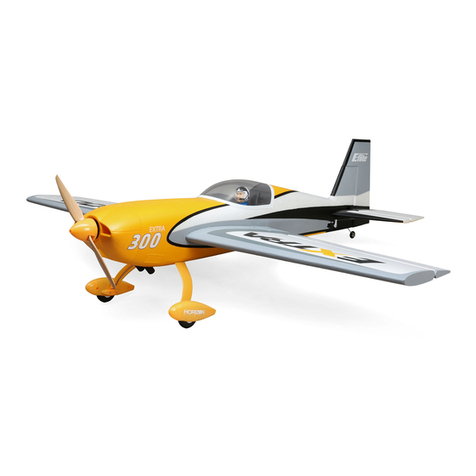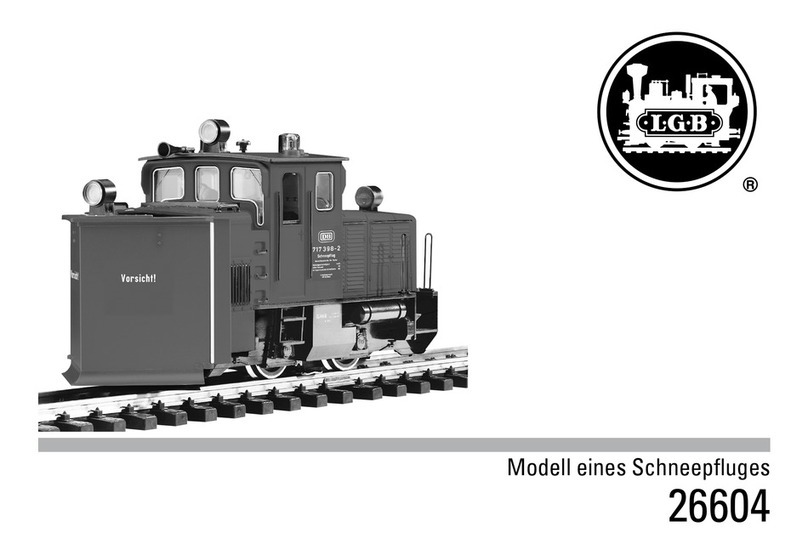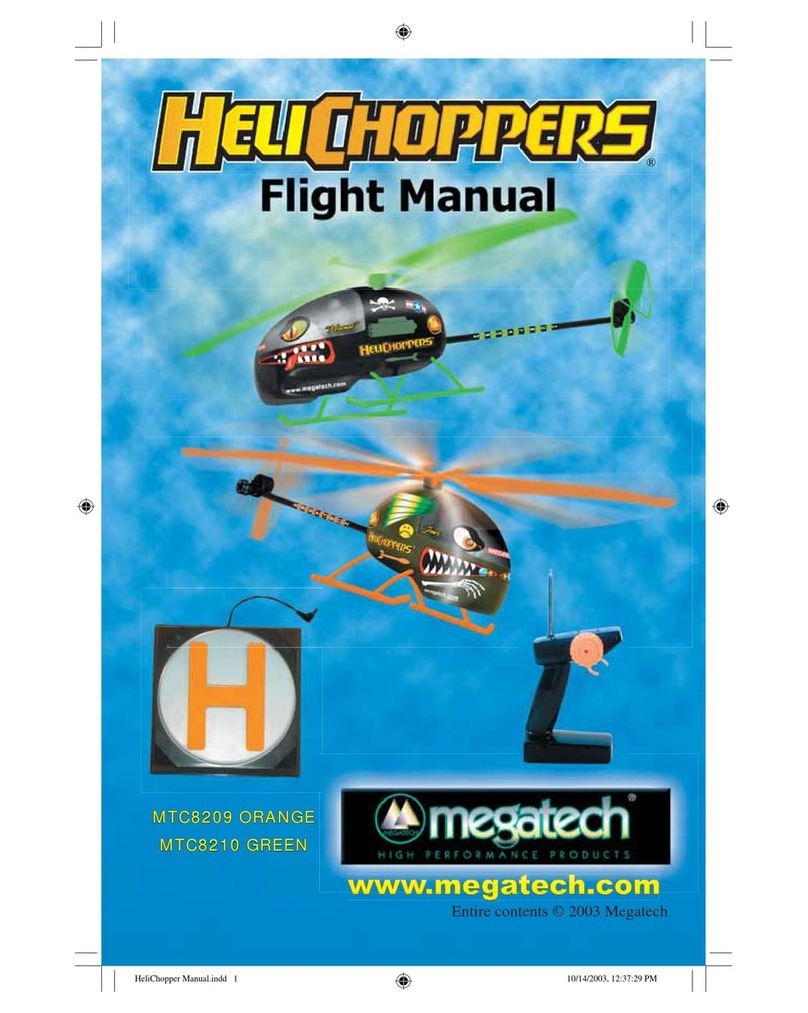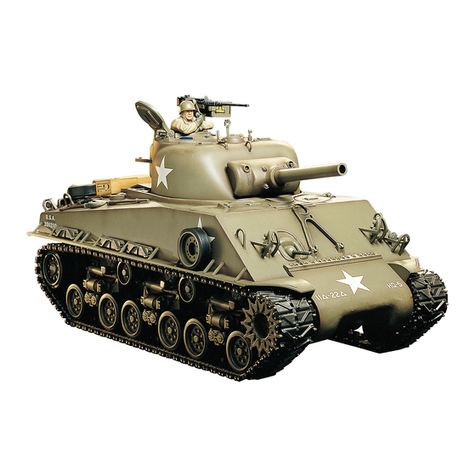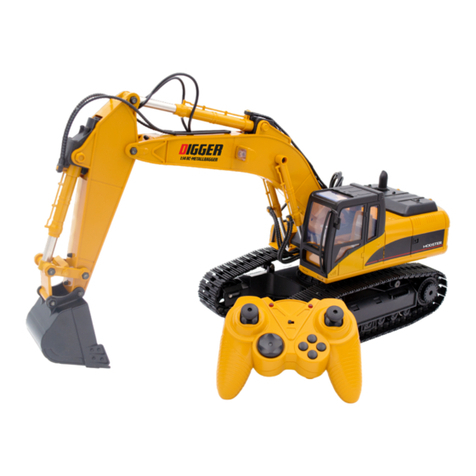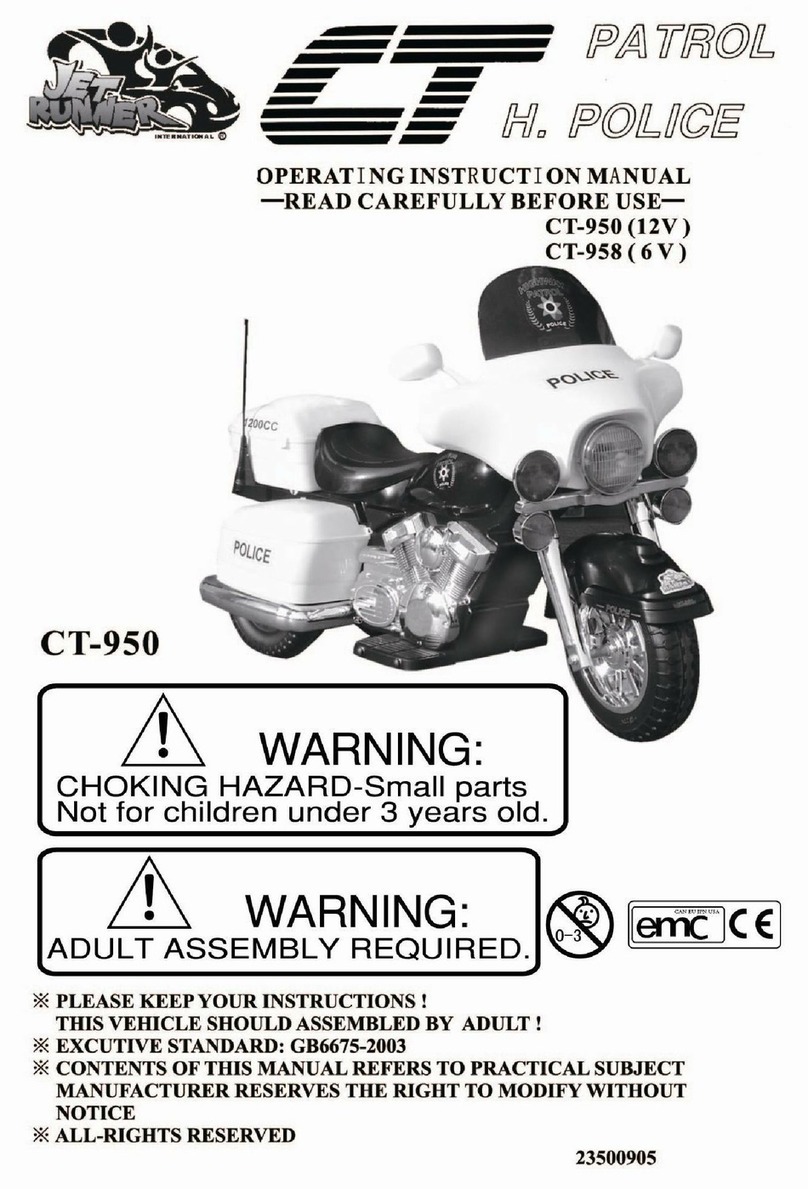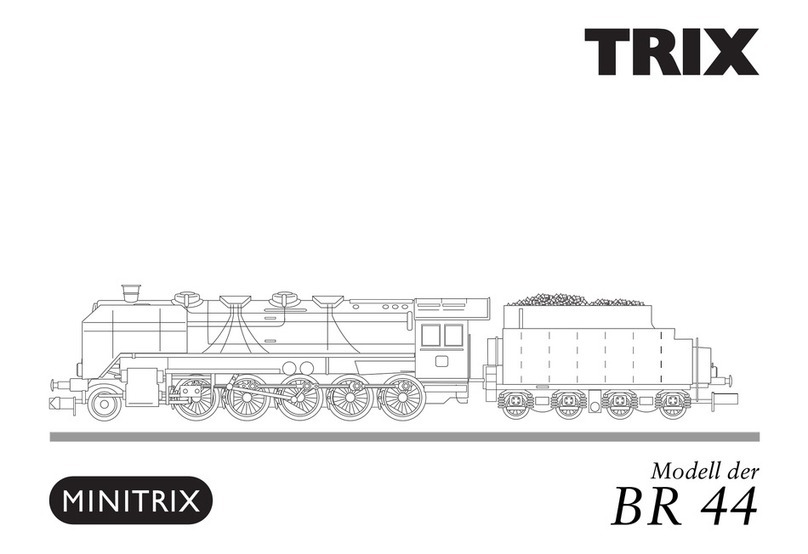Elite Simulation S623T User manual

OPERATORS MANUAL
ELITE MODEL S623T HELICOPTER
1997 - 2013, Elite Simulation SolutionsAG, all rights reserved

Table of Contents
SECTION 1 TECHNICAL DESCRIPTION SUMMARY.........................................................................................5
1.1 General....................................................................................................................................................5
1.2 Scope.......................................................................................................................................................5
1.3 General Configuration............................................................................................................................6
1.3.1 Cockpit..............................................................................................................................................6
1.3.2 Instructor Station...............................................................................................................................7
1.3.3 Computer System.............................................................................................................................7
1.4 Maintenance and Support......................................................................................................................8
1.4.1 Documentation..................................................................................................................................8
1.4.1.1 Operating Manuals......................................................................................................................................8
1.4.1.2 Maintenance Manuals andAssociated Documents.....................................................................................8
1.4.1.3 Computer and Peripheral Manuals..............................................................................................................8
1.4.1.4 Range of Spares..........................................................................................................................................8
1.4.2 Spare Parts.......................................................................................................................................8
1.4.3 Computer Spare Parts......................................................................................................................8
1.4.4 Tools and Test Equipment.................................................................................................................9
1.4.5 Maintainability...................................................................................................................................9
1.4.6 Standardization.................................................................................................................................9
1.4.7 Warranty...........................................................................................................................................9
SECTION 2 FLIGHT DECK................................................................................................................................10
2.1 General..................................................................................................................................................10
2.1.1 Cockpit............................................................................................................................................10
2.1.2Aircraft Parts...................................................................................................................................10

2.1.3 Instrument Panel Technical Realization..........................................................................................10
2.1.4 Simulated Instruments....................................................................................................................10
2.2 Standard Cockpit Panel Layout...........................................................................................................11
2.2.1 Overview Instrumentslayout............................................................................................................11
2.2.2 Pilot’s Main Panel...........................................................................................................................12
2.2.3 Co-Pilot’s Main Panel......................................................................................................................13
2.2.4 Engine Instrument Panel.................................................................................................................14
2.3Avionics Panel / Nav Panel (various layouts available).....................................................................15
2.4 Overhead Panel.....................................................................................................................................16
2.4.1 Implementation...............................................................................................................................17
2.4.2 General...........................................................................................................................................17
2.4.3Aft Control Panel.............................................................................................................................17
2.4.3.1Aft Control Panel, left side, Panel 1...........................................................................................................18
2.4.3.2Aft Control Panel, right side, Panel 4.........................................................................................................20
2.4.4 Fwd Control Panel..........................................................................................................................22
2.4.4.1 Fwd Control Panel, left side, Panel 2.........................................................................................................22
2.4.4.2 Fwd Control Panel, right side, Panel 3......................................................................................................24
2.4.5AC-DC Gauge Selector Panel.........................................................................................................26
2.4.6 Overhead Panel General Overview................................................................................................27
2.5 Engine Control Quadrant.....................................................................................................................29
2.6 Primary Flight Controls........................................................................................................................30
2.6.1 Pedals.............................................................................................................................................30
2.6.2 Collective Pilot................................................................................................................................31
2.6.3 Collective Co-Pilot...........................................................................................................................31
2.6.4 Cyclic..............................................................................................................................................32
SECTION 3 INSTRUCTIOR STATION...............................................................................................................33

3.1 Instructor Operating Station (IOS) Features.......................................................................................33
3.2 Software Pages Overview....................................................................................................................34
3.2.1 Initial Position..................................................................................................................................34
3.2.2 Meteo Pages...................................................................................................................................34
3.2.3 Control Page...................................................................................................................................36
3.2.4 MAP Page.......................................................................................................................................37
3.2.5 Navigation Modification Page.........................................................................................................39
3.2.6 Configuration Page.........................................................................................................................40
3.2.7 Malfunctions Page..........................................................................................................................41
3.2.7.1 Instrument and System failures.................................................................................................................42
3.2.8 Helicopter-State Snapshot..............................................................................................................43
3.2.9 Communication System..................................................................................................................43
3.2.10 Instructor Seat..............................................................................................................................43
SECTION 4 COMPUTER SYSTEMAND PERIPHALS......................................................................................44
4.1 Hardware...............................................................................................................................................44
4.2 Programming Language.......................................................................................................................44
4.3 Maintenance Capabilities.....................................................................................................................44
4.4 System Spare Capacity........................................................................................................................44
4.5 Diagnostic.............................................................................................................................................44
SECTION 5 SIMULATION..................................................................................................................................45
5.1Aerodynamic and Performance...........................................................................................................45
5.1.1 Wind Effects....................................................................................................................................45
5.1.2Atmosphere.....................................................................................................................................45
5.1.3 Take-Off and Climb-Out..................................................................................................................45

5.1.4 Landing...........................................................................................................................................45
5.1.5 Instrument Responses....................................................................................................................46
5.2 Radio Navigation Simulation...............................................................................................................46
5.2.1 Radio Navigation Computation.......................................................................................................46
5.2.2 Visual Database..............................................................................................................................46
5.3Aircraft Systems Simulation................................................................................................................48
5.3.1 Electrical System............................................................................................................................48
5.3.2 Engine System................................................................................................................................48
5.3.3 Fuel System....................................................................................................................................48
5.3.4 Steering..........................................................................................................................................48
5.3.5 Flight Control System......................................................................................................................48
5.4Avionics and Radio System Simulation..............................................................................................49
5.4.1 General...........................................................................................................................................49
5.4.2Audio System..................................................................................................................................49
5.4.3 VHF Navigation / Communication System......................................................................................49
5.4.4 Transponder System.......................................................................................................................49
5.4.5ADF System....................................................................................................................................49
5.4.6 DME System...................................................................................................................................50
5.4.7 GPS System...................................................................................................................................50
5.5 Flight Director /Autopilot System.......................................................................................................50
5.6 Sound System.......................................................................................................................................50
SECTION 6 VISUAL SYSTEM...........................................................................................................................51
6.1 Visual System Features........................................................................................................................51
6.1.1.1 Standard 3 to 5 channel Multiscreen Visual Systems................................................................................51
6.1.1.2 Standard 3-channel Multiprojector Visual System ....................................................................................53
6.1.1.3 CAVE Visual System..................................................................................................................................55

6.1.2AirportAssociated Lighting Facilities...............................................................................................58
6.1.3 Day to Night Transition....................................................................................................................58
6.1.4 Clouds / Visibility.............................................................................................................................58
6.1.5 Runway Features............................................................................................................................58
6.1.6 RealAirport Models.........................................................................................................................58
6.1.7 3D Objects (available optionally)....................................................................................................59
6.1.8 Digital Terrain Models.....................................................................................................................62
6.1.9 Programming Languages used in RealView™ / GenView™...........................................................62
SECTION 7 INSTALLATION..............................................................................................................................63
7.1 Site Layout............................................................................................................................................63
7.2 Power.....................................................................................................................................................63
7.3 Temperature Sensors...........................................................................................................................63
SECTION 8 ACCEPTANCE PROCEDURES........................................................................................................64
8.1Acceptance Timing...............................................................................................................................64
8.2 Testing Procedure.................................................................................................................................64
SECTION 9 TRAINING.......................................................................................................................................65
9.1 Factory Training....................................................................................................................................65
SECTION 10 OPTIONS......................................................................................................................................66
10.1 Optional instrumentation layout........................................................................................................66
10.1.1 Conventional instrumentation for Pilot and Copilot.......................................................................66
10.1.2 Garmin GNS 430 / 530 (real time components)............................................................................67
SECTION 11 SUMMARY....................................................................................................................................75

SECTION 1 TECHNICAL DESCRIPTION SUMMARY
1.1 General
This document presents a detailed procurement specification for an Advanced Aviation Training
Device Evolution S623T, helicopter twin engine turbine, meeting all standards and performance
criteria for qualification as outlined under FAA AC 61-136 (AdvancedATD) regulations.
Definitions:
a)
b)
c)
Customer
Manufacturer
Flight deck
Name andAddress
Elite Simulation Solutions, Orlando, FL, generic cockpit environment
based on the simulated helicopter
class/type in which the controls and switches will operate as in that
helicopter type. It is sufficiently enclosed to exclude pilot distraction and
furnished with ergonomically positioned pilot seats.
d) Cockpit Instrument Panel replicating generic twin engine turbine with high perfor-
mance instrumentation (various options available).
e) Functional Athree – dimensional reproduction or actual helicopter part con-
nected to system logic or instructor controlled logics.
f) Non-functional Athree-dimensional reproduction or actual helicopter
(dummy) part not connected to system logics.
g) System logics Limited simulated helicopter systems operation, in accordance with the
training requirements.
h) Available Data helicopter design data, helicopter Flight Manual, helicopter Mainte-
nance Manuals, Observations on ground and in the air (qualitative
testing).
I) Flight Test Data Data gathered by the AATD helicopter manufacturers and/or during actual
flight tests.

1.2 Scope
The Evolution S623T helicopter equipment shall simulate take-off, hovering, in-flight maneu-
vers, radio navigation, instrument approaches and landings on Helicopter pads, rooftops, oil
rigs, ships and other specific areas.Actions by the crew on the simulated controls in the flight
compartment shall interact with the simulated system logics and dependencies in accordance
with this specification and the available helicopter data.
1.3 General Configuration
The Evolution S623T helicopter consists of the following major sub-assemblies:
a) ACockpit layout representative of a generic twin engine turbine helicopter.
b) An Instructor operating station to give the instructor access to the simulation environ-
ment, as well as to a variety of training tools. Two TFT display for various information
such as area and approach tracking.
c) Asimulation computer system consisting of a state of the art computer hardware, com-
plying with the current industry standard and simulation software.
1.3.1 Cockpit
Actual aircraft hardware components are not used. The manufacturer fabricates a functional device
replicating aircraft components. Considerations which have resulted in the use of replicas, include:
Cost Aircraft approved components are much more expensive.
Relability Helicopter use is more demanding than Simulator use.
Ease of Maintenance Maintenance access is necessarily different from the real helico-
ter
Availability Many helicopter components have unacceptable long lead times lead-
ing to delays in simulator delivery.

1.3.2 Instructor Station
The instructor station provides access to the following functions:
Helicopter Status
Freeze selection
Repositioning
Pre-selection of environmental conditions
Malfunction selection
Selection of visual conditions
Navigation area selection
SimulatedATC communication with the cockpit crew
Selection of initial conditions
1.3.3 Computer System
The computer system consists of the current industry standard PC for both Software and
Hardware, as well as for the simulation software.

1.4 Maintenance and Support
1.4.1 Documentation
The Evolution S623T helicopter contains the following documentation:
1.4.1.1 Operating Manuals
Instructor’s Operations Manual describes the Simulator system and provides check lists and de-
scriptions to enable the instructor to set-up and operate the Simulator under normal and emergency
conditions.
1.4.1.2 Maintenance Manuals andAssociated Documents
This volume contains information primarily concerning the Evolution S623Thelicopter hardware
including technical descriptions and instructions for operating and maintaining of this hardware.
The documents will comprise the following:
Maintenance Manual
Vendor Data
QTG / STOM
1.4.1.3 Computer and Peripheral Manuals
The manufacturer’s manuals for the computers and peripherals, giving programming, oper-
ating and maintenance information, will be provided under this volume.
1.4.1.4 Range of Spares
This document comprises a list of all spares, tools and test equipment recommended by the man-
ufacturer for maintenance of the Evolution S623T helicopter. The document will be supplied during
the early stages of the contract.
1.4.2 Spare Parts
All spares will be ordered at Evolution S623T helicopter order date. The manufacturer supports the
Evolution S623T helicopter system for five years. In case of obsolescence of parts, the manufacturer
will inform the customer in advance for the possibility of last buy. The manufacturer will try to find a
suitable substitute.
Adetailed and firm spare part quotation can be given for the Evolution S623T helicopter ex-
cluding the computer system.
1.4.3 Computer Spare Parts
Spare parts are kept by the manufacturer in-house. However, due to the fast changing technology,
some parts might differ from the original unit. The compatibility is provided at all times.


1.4.4 Tools and Test Equipment
The manufacturer can be linked via remote access to the operator and uses tools and test pro-
grams to interact directly with the training device. Therefore it is necessary that the operator is
connected to an ISDN or faster modem in order to grant the accessibility of the system software to
the manufacturer.
1.4.5 Maintainability
The Evolution S623T helicopter is designed with maintainability in mind. Every effort has been
made to ensure that there is minimal need to disassemble equipment or to remove parts. Routing
of wire bundles do not interfere with any part or assembly. The design of the Evolution S623T heli-
copter is in such that, if required, all components are readily accessible for replacement and repair.
1.4.6 Standardization
Standard industry, high-grade common parts and assemblies are used to a high extent wher-
ever it is applicable or practical.
1.4.7 Warranty
The manufacturer will guarantee for 24 months (or 1200 hours, whichever comes first) after on-site
installation and acceptance that the equipment and any initial spare parts sold to the Customer will
be free from defects in material, workmanship and design under normal use and service.

SECTION 2 FLIGHT DECK
2.1 General
The flight deck is designed to withstand normal loads, shocks and other conditions incidental to
normal operation, transportation and assembly. The structure is sufficiently rigid to assure that there
is no discernible movement of the Evolution S623T helicopter due to personnel movement or control
movement within the flight deck.
The areas included in the simulator are from the rudder pedals to the aft of the crew member seats.
An open Instructor station may be attached to the rear of the flight deck.
The flight deck is enclosed and the front, side and chin bubble windows are provide an unob-
structed view to the visual scene.
2.1.1 Cockpit
The interior of the flight deck is designed according to the helicopter type specified.
Non-helicopter hardware, such as switches and knobs are placed in the correct location and pro-
vide the same general action. They are in a similar appearance to those found in the actual helicop-
ter.
2.1.2 Aircraft Parts
The Evolution S623T helicopter does not include original helicopter parts.
2.1.3 Instrument Panel Technical Realization
Three TFT monitors are used for pilot, co-pilot and engine instruments. The appearance to the
flight crew is similar to that in the aircraft.All instruments are displayed close to actual size.All
buttons, controls and switches are located according to above layout (Flight and engine controls
hardware).
2.1.4 Simulated Instruments
All simulated instruments are basically operational as in the actual helicopter.
I
n
st
rumen
t f
ace mark-
ings, including graduations, pointers, flags, etc. are reproduced as authentically as possible accord-
ing to the actual helicopter instruments. Instrument functionality that requires hardware components
that are not simulated are not implemented.
All switches and knobs are operational and have a comparable feel to its original counter-
parts. Instrument response rates are equal to those found in the helicopter.

2.2 Standard Cockpit Panel Layout
2.2.1 Overview Instruments Layout
Copilot (EFIS version) Engine Pilot (EFIS version)
2.2.2 Pilot’s Main Panel

Airspeed Indicator Generic for twin engine turbine helicopter
Altitude Indicator Generic for twin engine turbine helicopter
Dual Needle RMI KNI 582
HSI or EFIS Generic or EFIS EFS 40
GSPAnnunciator Panel Generic
Rotor RPM and NF1/2 Generic for twin engine turbine helicopter
Vertical Speed Indicator Generic for twin engine turbine helicopter (Instantaneous type for IFR helicop-
ters inAustralia)
OAT Generic
Main Gearbox Oil Pressure Generic
Main Gearbox Oil Temperature Generic
Main Gearbox Oil Pressure Generic
WarningAttention Getter Switch Generic
Auto Relight 1 Switch Generic
Auto Relight 2 Switch Generic

2.2.3 Co-Pilot’s Main Panel
Airspeed Indicator Generic for twin engine turbine helicopter
Altitude Indicator Generic for twin engine turbine helicopter
Dual Needle RMI KNI 582
HSI or EFIS Generic or EFIS EFS 40
Rotor RPM Generic for twin engine turbine helicopter
Vertical Speed Indicator
Generic for twin engine turbine helicopter
(Instantaneous type for IFR helicopters inAustralia)
WarningAttention Getter Switch Generic

2.2.4 Engine Instrument Panel
Left engine fuel gauge Generic for twin engine turbine
Right engine fuel gauge Generic for twin engine turbine
Left engine fuel pressure gauge Generic for twin engine turbine
Right engine fuel pressure gauge Generic for twin engine turbine
Left engine oil pressure gauge Generic for twin engine turbine
Right engine oil pressure gauge Generic for twin engine turbine
Left engine oil temp gauge Generic for twin engine turbine
Right engine oil temp gauge Generic for twin engine turbine
Left/right engine NR Generic for twin engine turbine
Left/right engine Torque Generic for twin engine turbine
Left/right engine T4 Generic for twin engine turbine
GPS GNS 430W or GNS 530W
Standby HSI Generic
Generator reset switch Generic
Annunciator panel Generic for twin engine turbine
Emergency Cut-off switch Generic

2.3 Avionics Panel / Nav Panel (various layouts & options available)
Trimble GPS 2000
Approach +
Garmin GNS 430*
(when installed NAV1
COMM1 is omitted)
autopilot KFC 150
Audio
P
anel
NAV1 / C
O
MM1 KX 165-25
NAV2 / C
O
MM2 KX 165-25
EFIS EFS 40
/
50
EFIS EFS 40
/
50
DME KN 62A
Transponder KT 70
Hobbs meter
De-ice levers


2.4 Overhead Panel
Table of contents
Popular Toy manuals by other brands

Mattel
Mattel Barbie Tawny & Baby Doll Horse Gift Set instructions

Brelec
Brelec FL7700 manual
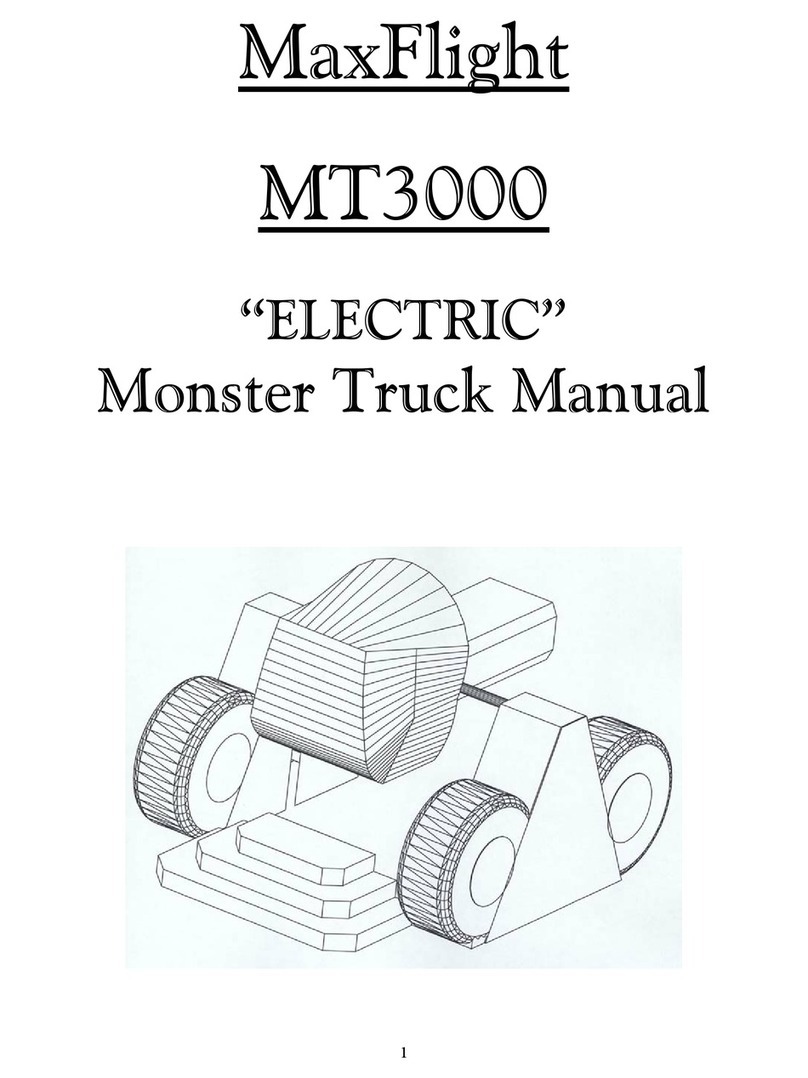
MaxFlight
MaxFlight MT3000 ELECTRIC manual
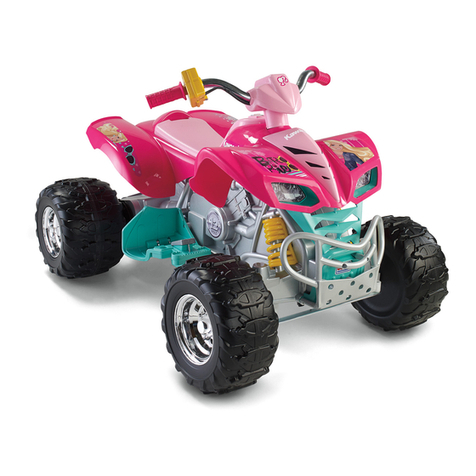
Fisher-Price
Fisher-Price POWER WHEELS W4715 Owner's manual & assembly instructions
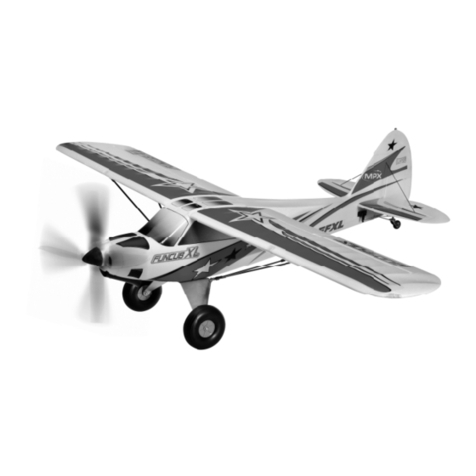
Multiplex
Multiplex FUNCUB XL Building instructions

Bengtson Company
Bengtson Company Hanriot HD-1 instructions
